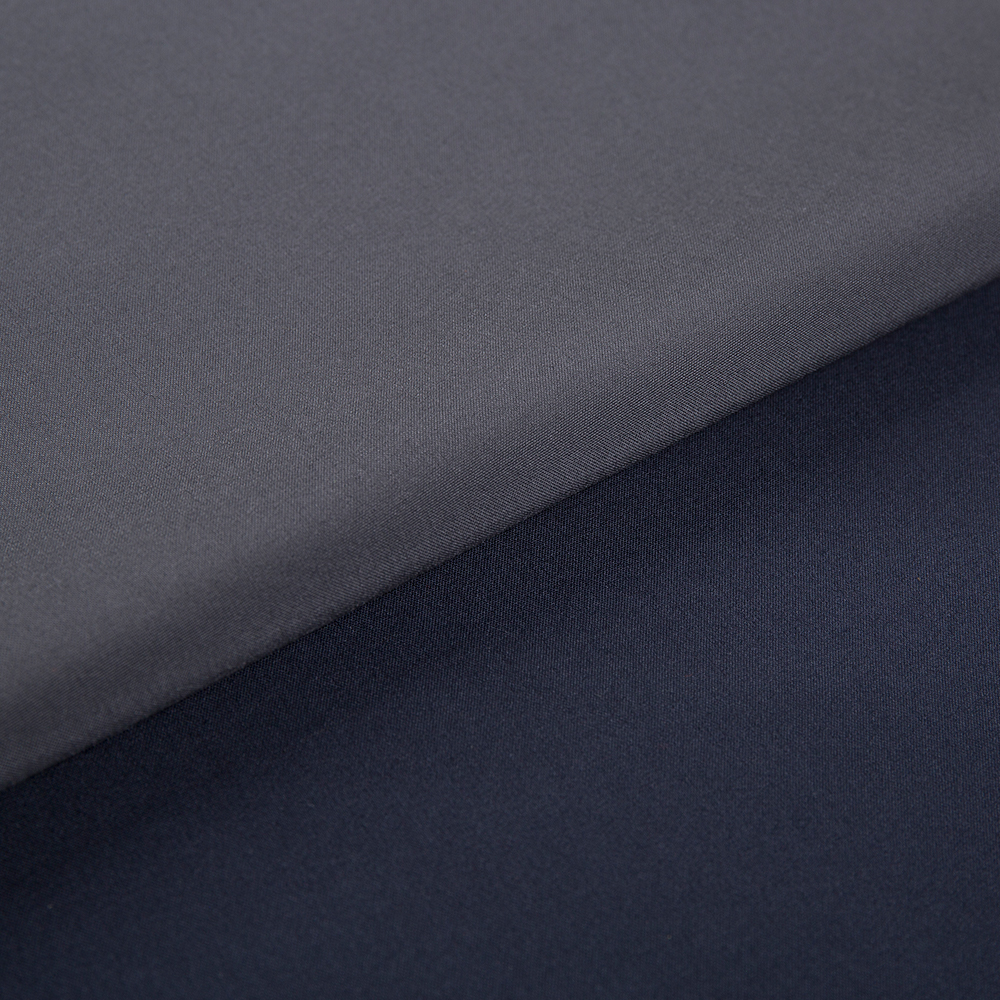The outer layer material of softshell fabric plays a crucial role in determining its overall performance characteristics, such as durability, breathability, water resistance, and comfort. Here's how different outer layer materials impact these attributes:
Nylon:
Durability: Nylon is known for its excellent durability and abrasion resistance. It can withstand rough use and is less likely to tear or wear out quickly, making it ideal for rugged outdoor activities.
Water Resistance: Nylon typically offers better water resistance than polyester due to its tighter weave and ability to repel water more effectively. This makes it suitable for conditions where light rain or snow might be encountered.
Breathability: While durable and water-resistant, nylon can sometimes be less breathable than polyester. However, advancements in fabric technology have improved the breathability of nylon-based softshells.
Flexibility: Nylon has good flexibility, but it might not be as inherently stretchy as polyester. The addition of spandex or other stretchy materials can enhance its flexibility.
Polyester:
Breathability: Polyester is highly breathable, which is beneficial for high-intensity activities where moisture management and ventilation are crucial. It allows sweat to evaporate quickly, keeping the wearer dry and comfortable.
Water Resistance: Polyester can be treated to repel water, but it generally offers less natural water resistance compared to nylon. However, durable water repellent (DWR) coatings can enhance its water-resistant properties.
Comfort: Polyester is soft and comfortable against the skin. It has good moisture-wicking properties, which help keep the wearer dry by drawing sweat away from the body.
Flexibility: Polyester often has inherent stretch, making it highly flexible and suitable for activities requiring a wide range of motion. This flexibility enhances comfort and ease of movement.

Blends and Advanced Materials:
Hybrid Fabrics: Some softshell fabrics are made from blends of nylon and polyester, combining the strengths of both materials. These blends aim to balance durability, breathability, water resistance, and flexibility.
Elastane/Spandex Additions: Adding elastane or spandex to the outer layer can significantly improve the fabric's stretch and flexibility. This is particularly useful for activities requiring dynamic movements, such as climbing or skiing.
Technical Treatments: Advanced treatments and coatings, such as DWR, can be applied to both nylon and polyester to enhance their water-resistant properties without severely impacting breathability. These treatments help water bead up and roll off the fabric surface.
Impact on Performance Characteristics:
Durability: Nylon-based softshells are generally more durable and abrasion-resistant, making them ideal for tough outdoor conditions. Polyester-based softshells, while also durable, may not withstand abrasions as well as nylon.
Breathability: Polyester excels in breathability, making it suitable for activities where managing moisture and maintaining comfort are priorities. Nylon is also breathable, but might not perform as well as polyester in this regard.
Water Resistance: Nylon typically offers better natural water resistance, but both nylon and polyester can be treated to enhance this property. Polyester's water resistance largely depends on additional treatments.
Flexibility and Comfort: Polyester's natural stretch and softness contribute to superior comfort and flexibility. Nylon is also comfortable and flexible, especially when blended with stretch materials.
The choice of outer layer material in softshell fabric significantly impacts its performance. Nylon provides superior durability and natural water resistance, while polyester offers excellent breathability and flexibility. Blends and technical treatments further refine these characteristics, allowing softshell garments to be tailored to specific outdoor activities and conditions.











